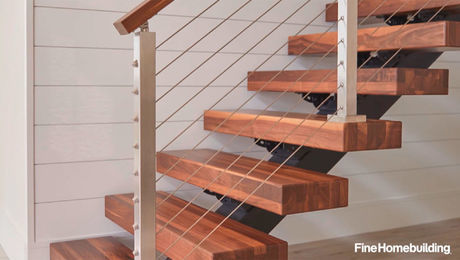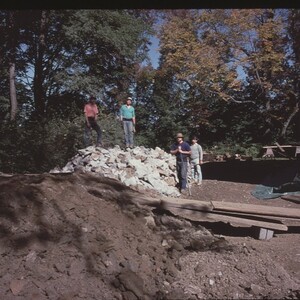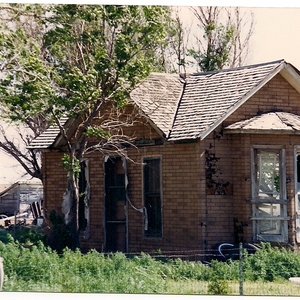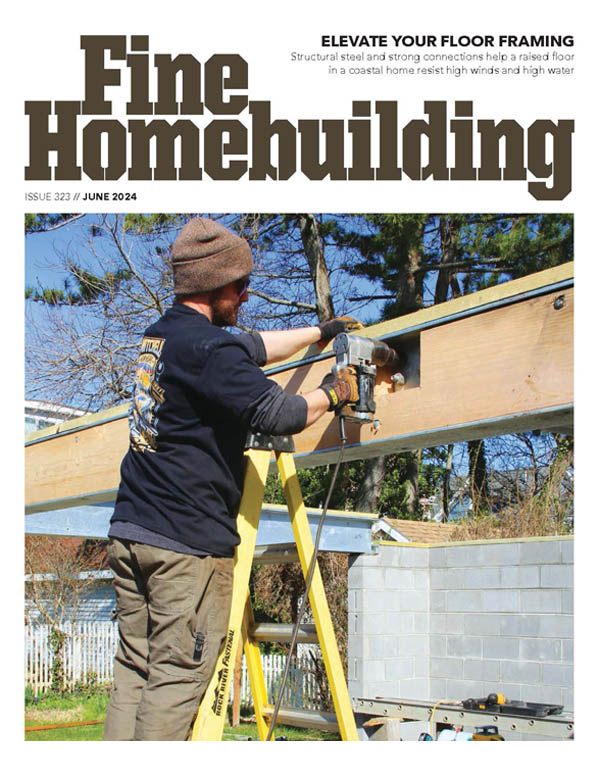*
Is it common building practice to place a 4″ to 6″ bed of gravel down before you pour a basement slab? or is pouring on compacted soil acceptable?
Discussion Forum
Discussion Forum
Up Next
Video Shorts
Featured Story

Learn more about the benefits and compliance details for the DOE's new water heater energy-efficiency standards.
Featured Video
Builder’s Advocate: An Interview With ViewrailHighlights
"I have learned so much thanks to the searchable articles on the FHB website. I can confidently say that I expect to be a life-long subscriber." - M.K.

















Replies
*
1) Yes. 2) Sometimes. No one would fault pouring on top of gravel (if in a possible radon area, toss a few perforated pipes into the gravel now). Compacting native soil may be acceptable, particularly if it is clean (very little clay and silt) sands and gravels. But if you have swelling clay/silt than it will alternately put pressure on and then not support the slab as the moisture content changes. If no one involved is experienced with this issue in your area, call in a geotechnical engineer. But an experienced concrete sub / foundation firm will know what works in your area.
If you are going to be heating the basement, you may want some insulation under the slab. Your feet will not be quite as cold. -David
*In my area i was required to lay 10 inches of p_stone before pouring my concrete basement floor.(virgin soil is clay).The mistake i did make was not cutting the floor,which i knew better.The cracks I have seem to be a larger degree then floors poured over sand.
*Tom - Yes it is a common practice and in some locales a code requirement. Specifics vary by area, for instance typically we specify 6" drainage fill (3/4" clean stone) and 8 mil vapor barrier. Sometimes a sand course is used over the vapor barrier to allow for proper slab hydration (plastic vapor barrier inhibits this).If you are challenging a building practice, look at the applicable code. If you just want to know, I think most would agree that placing a slab on compacted native soil, unless extremely sandy/well-drained, is undesirable from the standpoint of hydrostatic pressure even if allowed by code.There is a natural law at work here - it says that if you dig a hole outside it will eventually fill up with water. Managing that water is a key component of basement and foundation wall design.
*b WBA At Your ServiceQuidvis Recte, 8 mil ? Do you have a local supplier for such a thing ? How much do you pay for it ? Only seen it in catalogs......
*
Is it common building practice to place a 4" to 6" bed of gravel down before you pour a basement slab? or is pouring on compacted soil acceptable?